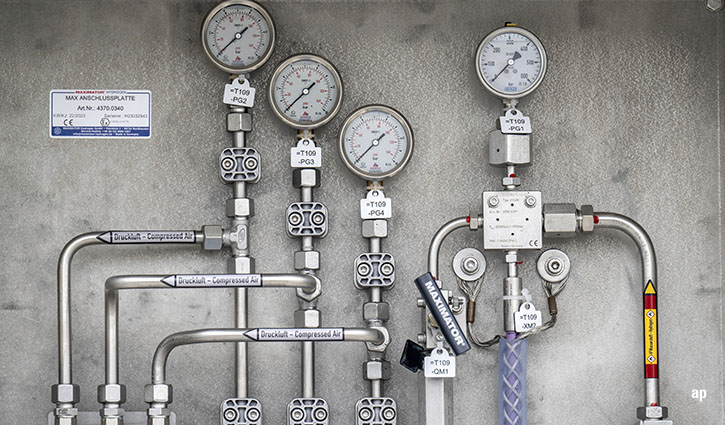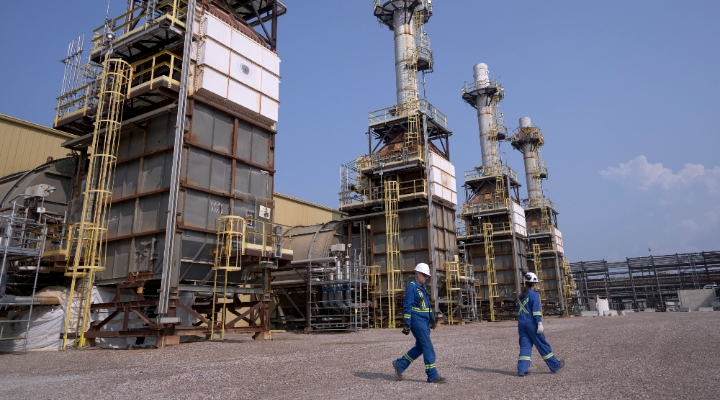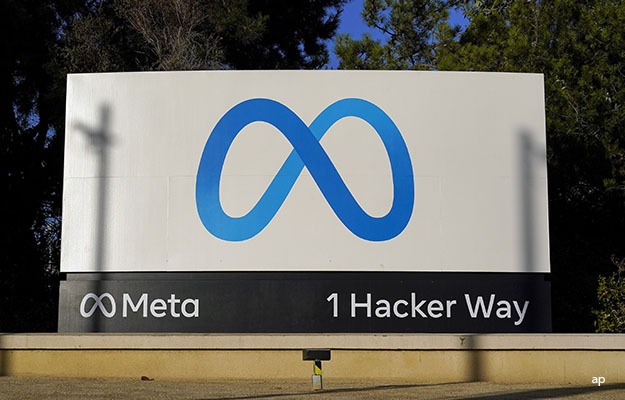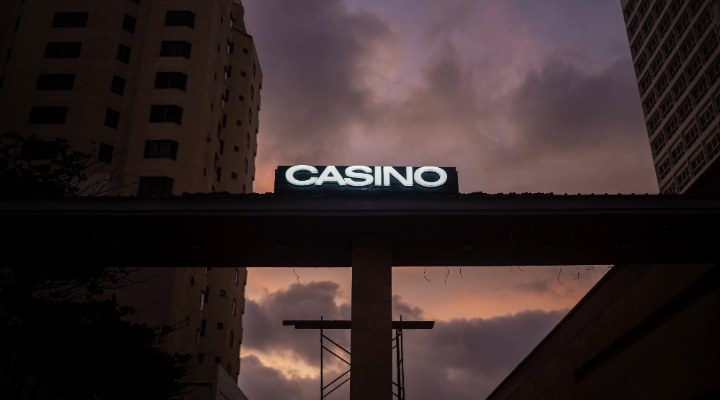
Hydrogen is poised to grow at an exponential rate in the coming years as an energy source, but is now the right time to buy in?
Based on the Hydrogen Council projections, hydrogen will account for 18% of the global energy demand by 2050, which means a nearly eightfold increase in the size of the global hydrogen market. The International Energy Agency estimates hydrogen will cover 10% of the global energy demand by 2050, which would be a threefold increase from current levels.
Why is there a growing interest in hydrogen? Environmental considerations are one of the main reasons. The goal of the Paris Agreement is to significantly reduce global greenhouse gas emissions to help limit global warming to less than 2°C compared with pre-industrial levels. Hydrogen has the potential to help reduce global CO2 emissions, in particular those from transportation industry.
Morningstar analysts expect strong growth in clean hydrogen investments to continue but they are less optimistic than the consensus. They think there are some constraints that need to be removed to facilitate the transition to a hydrogen economy, such the high costs of producing and distributing clean hydrogen.
A significant build-out of hydrogen infrastructure and policy support for clean hydrogen to become cost competitive will also be needed. Even if they believe that hydrogen offers a pathway to help decarbonise the economy, they highlight the difference between hydrogen types. Decarbonisation will require a shift away from grey toward blue and green hydrogen.
Make it Cheaper
"Clean hydrogen has become a key element of many governments' decarbonisation strategies," says Krzysztof Smalec, equity analyst for Morningstar.
The European Union estimates that cumulative investments in hydrogen could reach €180 billion-€470 billion (CAD$266 billion-$695 billion) by 2050 and China expects hydrogen to count for 10% of its energy share by 2050. And while the United States has not committed to an official federal strategy yet, Smalec think their future infrastructure spending packages could include investments in hydrogen.
The first challenge is to make hydrogen competitive is to decrease the cost of production, he adds. Green hydrogen, produced using renewable energy sources such as solar or wind, is at least two-to-three times as expensive as grey hydrogen, which is made from fossil fuels. Blue hydrogen, instead, has a narrow gap in terms of production costs and offers a 60% to 95% reduction in emissions, depending on the carbon capture technology.
Based on these considerations, the best way to take advantage from this long-term trend, say Morningstar analysts, is to select on industrial gas firms as they are established players in the production and distribution of conventional hydrogen.
The gas industry stocks under our coverage performed differently in 2023. The French company Air Liquide is up 28% (in € at November 27) and now is trading at a Price/Fair value (P/FV) of 1.15. Linde's shares recorded a 29% gain (in USD) and now the price is almost in line with our valuation, while Air Products and Chemicals is discounted by more than 10% compared with its fair value of $314, as their shares are down 115% (in USD) in the year to date.
Here are the views of Krzysztof Smalec, Morningstar equity analyst on three sector stocks:
Air Products and Chemicals (APD)
With more than 20% of their sales that come from hydrogen, Air Products and Chemicals is the largest supplier of hydrogen in the world and the company with highest exposure to hydrogen among the three names under our coverage. We expect Air Products' hydrogen exposure to increase significantly, as the company has announced several multi-billion-dollar blue and green hydrogen mega projects, expected to come onstream over the next years, and that by 2035 hydrogen could account for as much as 70%-80% of their revenue.
Based on our expectations, new investments will fuel strong growth, helping the company more than double its adjusted EPS over the next five years. By the way, we think that the market’s focus will increasingly turn from new project announcements to execution, and uncertainty around the backlog could weigh on the stock.
Air Liquide (AI)
Air Liquide generated approximately €30 (CAD$44) billion of revenue in 2022, serving a wide range of industries, including chemicals, energy, healthcare, food and beverage, and electronics.
Air Liquide is the second-largest industrial gas distributor in the world and benefits from operating in an industry that is inherently moaty because of high switching costs. Although industrial gases are essentially commodities, they are a crucial input in many industries. Since gas typically represents only a fraction of total costs, customers are often willing to pay a premium and enter into long-term contracts with reputable distributors to ensure uninterrupted supply.
As such, public industrial gas companies have historically earned returns in excess of their cost of capital, and we believe these lucrative profits will persist. Over 40% of Air Liquide’s investment opportunities are related to the energy transition, including low-carbon hydrogen as well as carbon capture and storage. We expect opportunities in hydrogen to be a meaningful revenue driver, as Air Liquide recently unveiled plans to invest roughly € 8 billion in low-carbon hydrogen over the next 15 years. Management expects these investments to triple the firm’s hydrogen revenue by 2035, from roughly €2 billion in 2020 to €6 billion.
Linde (LIN)
Linde is the largest industrial gas supplier in the world, with operations in over 100 countries. The firm's main products are atmospheric gases (including oxygen, nitrogen, and argon) and process gases (including hydrogen, carbon dioxide, and helium), as well as equipment used in industrial gas production.
Demand for industrial gases is strongly correlated to industrial production. But even if organic revenue growth largely depends on global economic conditions, in the third quarter Linde reported a 3% year-over-year revenue growth and 400 bp increase in its operating margin. The company raised its full-year guidance on adjusted EPS to US$14.00-US$14.10 (from $13.80-$14.00), and so we have raised our fair value estimate to US$393 from US$379.
Linde has announced a multi-million dollar investment to develop hydrogen infrastructure in South Korea and has a comprehensive portfolio of blue hydrogen solutions which we think will help the firm win its fair share of opportunities in the space.







:quality(80)/cloudfront-us-east-1.images.arcpublishing.com/morningstar/P3MDVUXN7VAZVPJZPL3YZ6MCTA.png)














